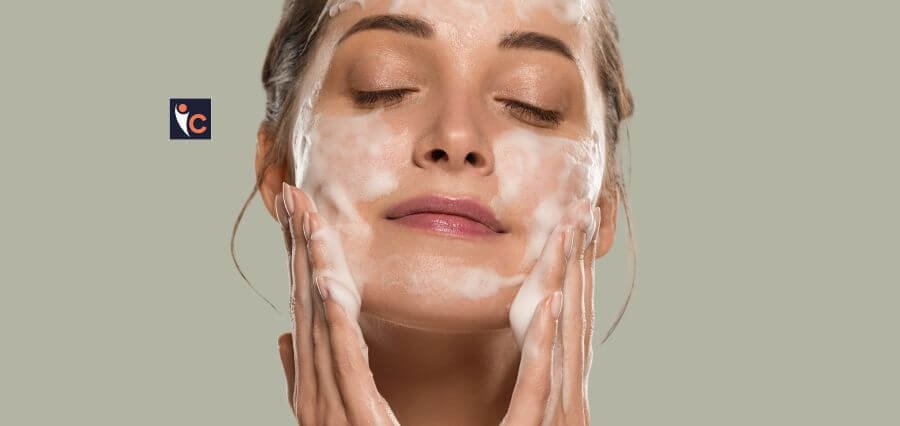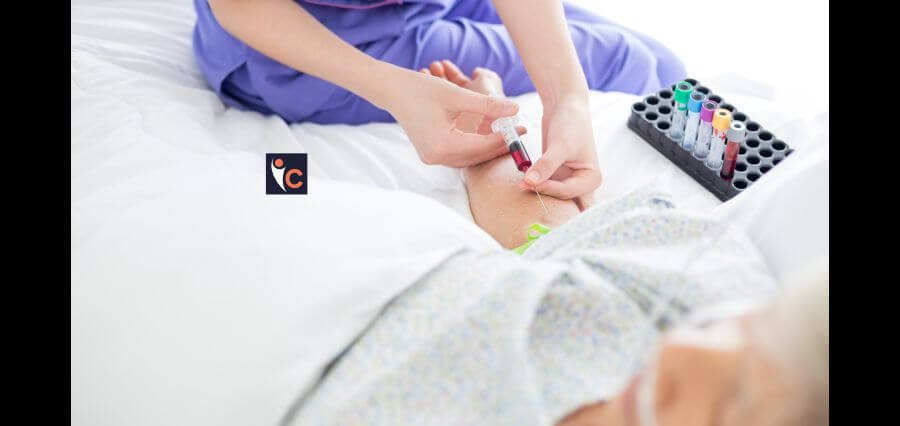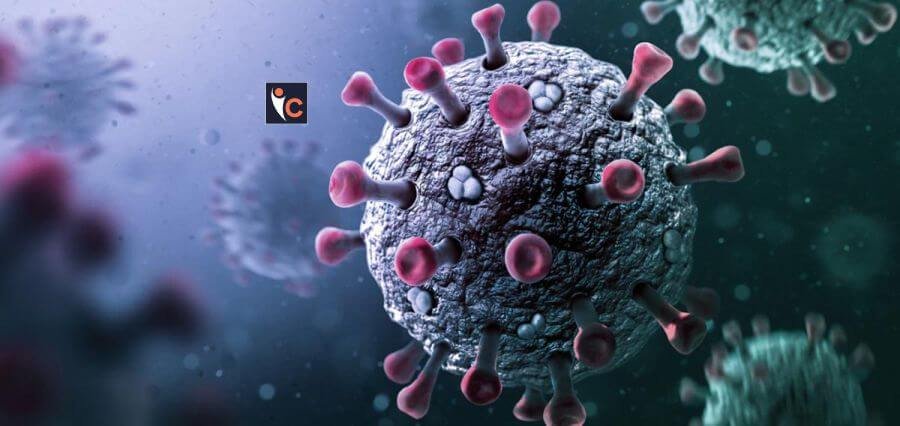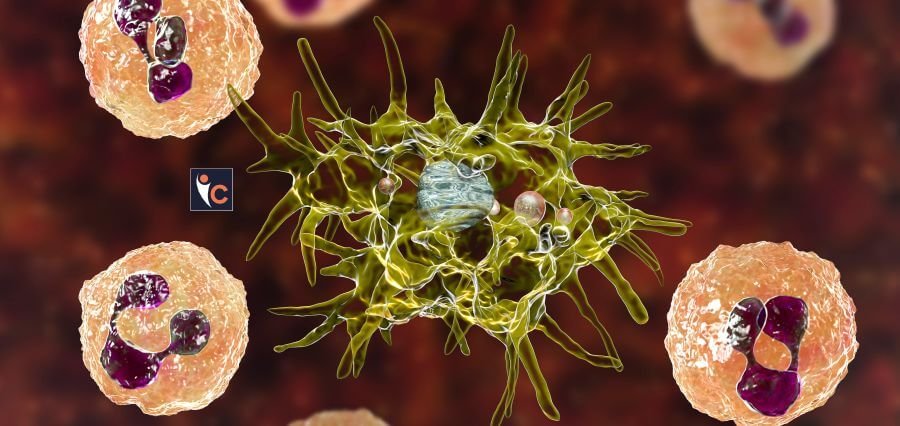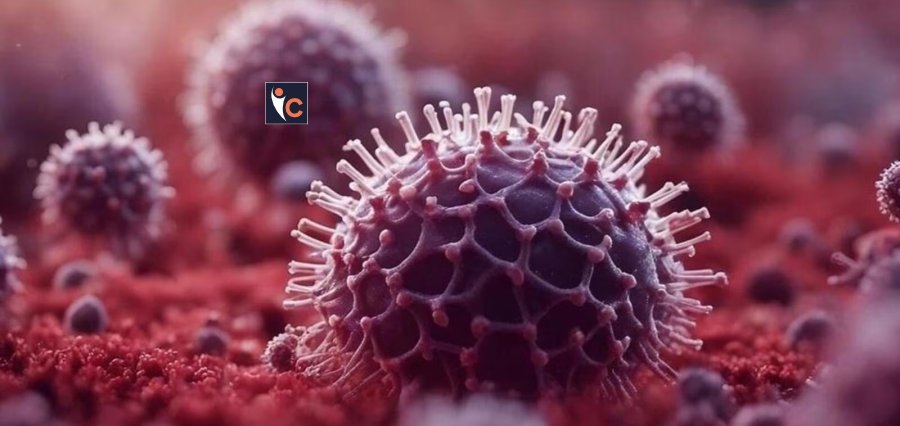Blackheads, whiteheads, and pimples are common skin conditions that are typically first noticed around adolescence. Acne can vary in severity and duration, ranging from a few spots on the face, back, and chest to more serious acne. While it usually goes away by the early to mid-20s, for some people it might not. On occasion, young children may also develop pussy-points or blackheads on their noses or cheeks. The skin’s natural oil-producing glands are primarily found on the upper back, chest, scalp, and face. Hormonal imbalances typically cause these oil glands to secrete. Following property, intermediate testosterone levels (hormones) normally rise, leading to an increase in oil output.
Sebum, the mixture of oil, is broken down to produce fatty acids, which, when combined with skin cells, form plugs in the oil glands’ ducts. The terms “whiteheads” and “blackheads” refer to the whitish or black color of these plugs. Occasionally, the fatty acids’ more potent activity causes red, swollen pimples or even tiny boils that are filled with pus.
That undoubtedly has an impact on acne. Acne can be made worse by foods and beverages high in sugar or carbs, such as chocolate, baked goods, and cold beverages. Acne can be exacerbated by anabolic steroids used by athletes or nutritional supplements offered by gyms. Foods that are not vegetarian, such as red meat from broiler chickens, are also known to contain anabolic steroids, thus they should be given to persons who have acne.
These days, acne is not only a team issue. Additionally, an unhealthy lifestyle has contributed to an increase in adult acne due to metabolic syndrome and polycystic ovarian syndrome in women.
Blackheads, acne, and pimples are typically found on the forehead, node, upper chest, and upper back. Larger, deeply seated lumps called as nodules or cysts also occasionally appeared. Scarring and a lengthier healing period are possible with search lesions.
As soon as feasible, one should speak with a licensed allopathic dermatologist. Acne can sometimes leave behind redness or pigmentation in certain people.
Human nature dictates that we should probe or pressure our acne, yet doing so can also result with very uneven scars. Although frequent face washing and exfoliation are believed to be effective in clearing up acne, they really have the opposite effect. It is sufficient to wash your face no more than three times a day with cold water and regular soap, then pat dry. If the dermatologist prescribes a facial cleanser, it should be applied in small enough amounts to create a ladder to remove the oil. It’s crucial to give it a few quick blasts of cold water. Steer clear of exfoliants.
Since people with acne already have natural oils on their scalp, adding more hair oil would be like throwing gasoline on the flames. People with oily scalps need to shampoo their hair every day. Acne is reported to be exacerbated by wearing occlusive synthetic clothing, such as bhandhanas on the forehead and synthetic backpack straps. Always keep your nails clipped to reduce the risk of injury even from unintentional poking. When foundation base is utilized during makeup sessions, it greatly aggravates acne. Another tradition is to use a moisturiser or lotion every day after taking a bath. This further encourages acne by clogging the oil glands’ pores.
Mostly, moisturisers are only suited for very dry skin. If the face needs moisturising, a gel or lotion basis rather than a cream base should be used. One needs to consume two glasses of apple water to keep their skin moisturised. Additionally, using over-the-counter acne treatments is not recommended. Reputable dermatologist Dr. Sharad Mutalik counsels patients to maintain good skin hygiene, a press-clean and nutritious diet, and a regular sleep schedule.
Read More: Click Here

